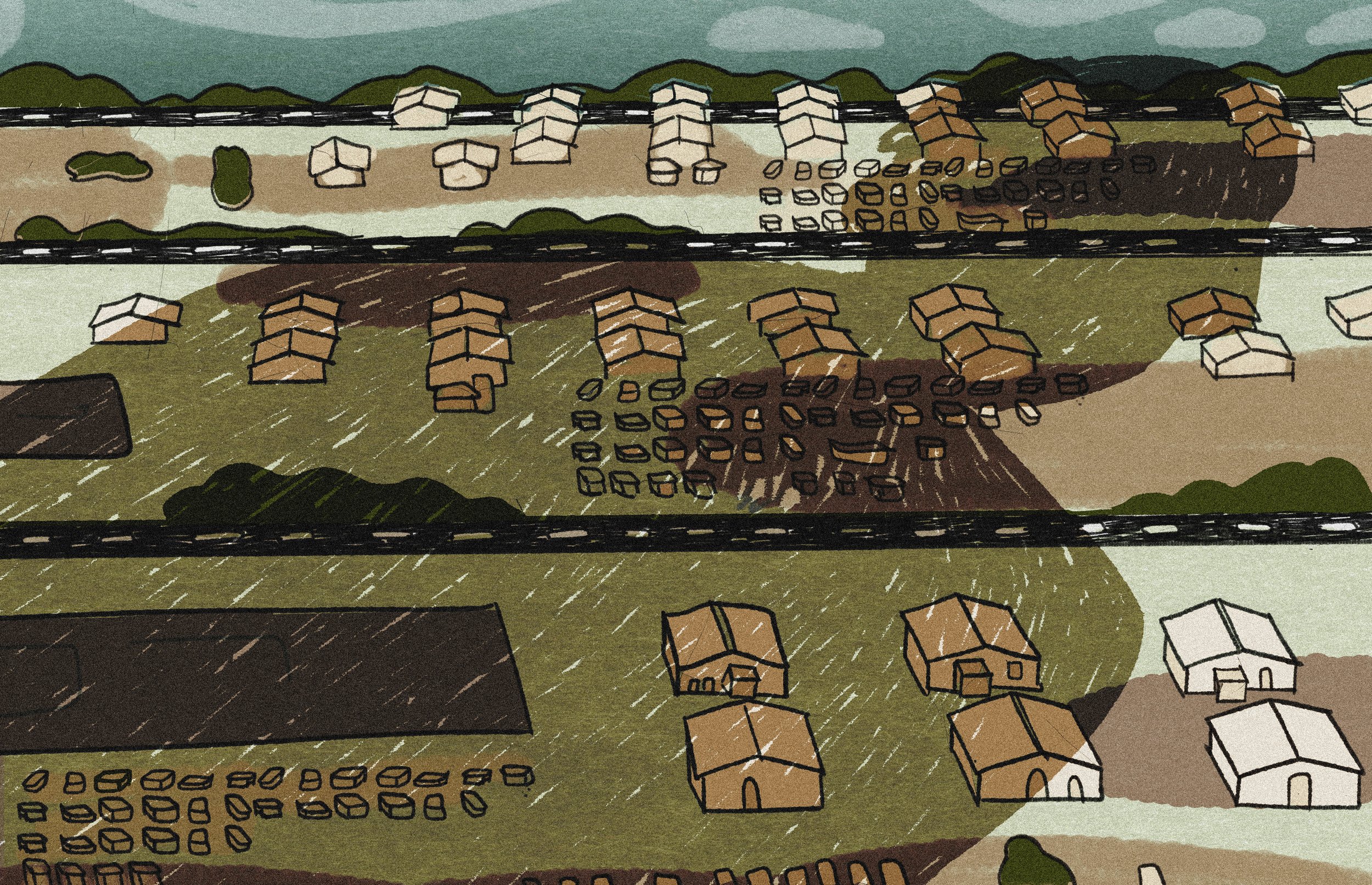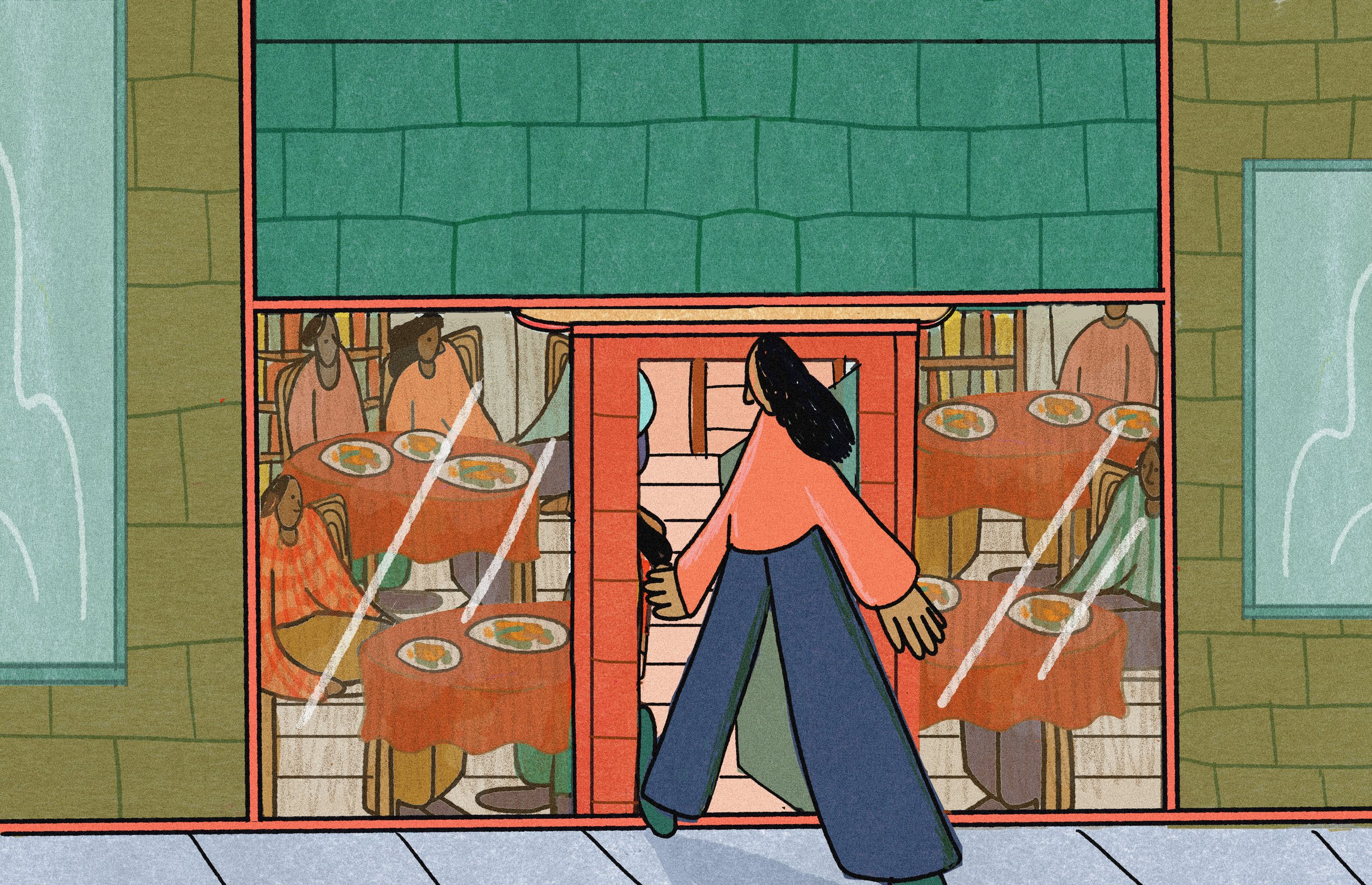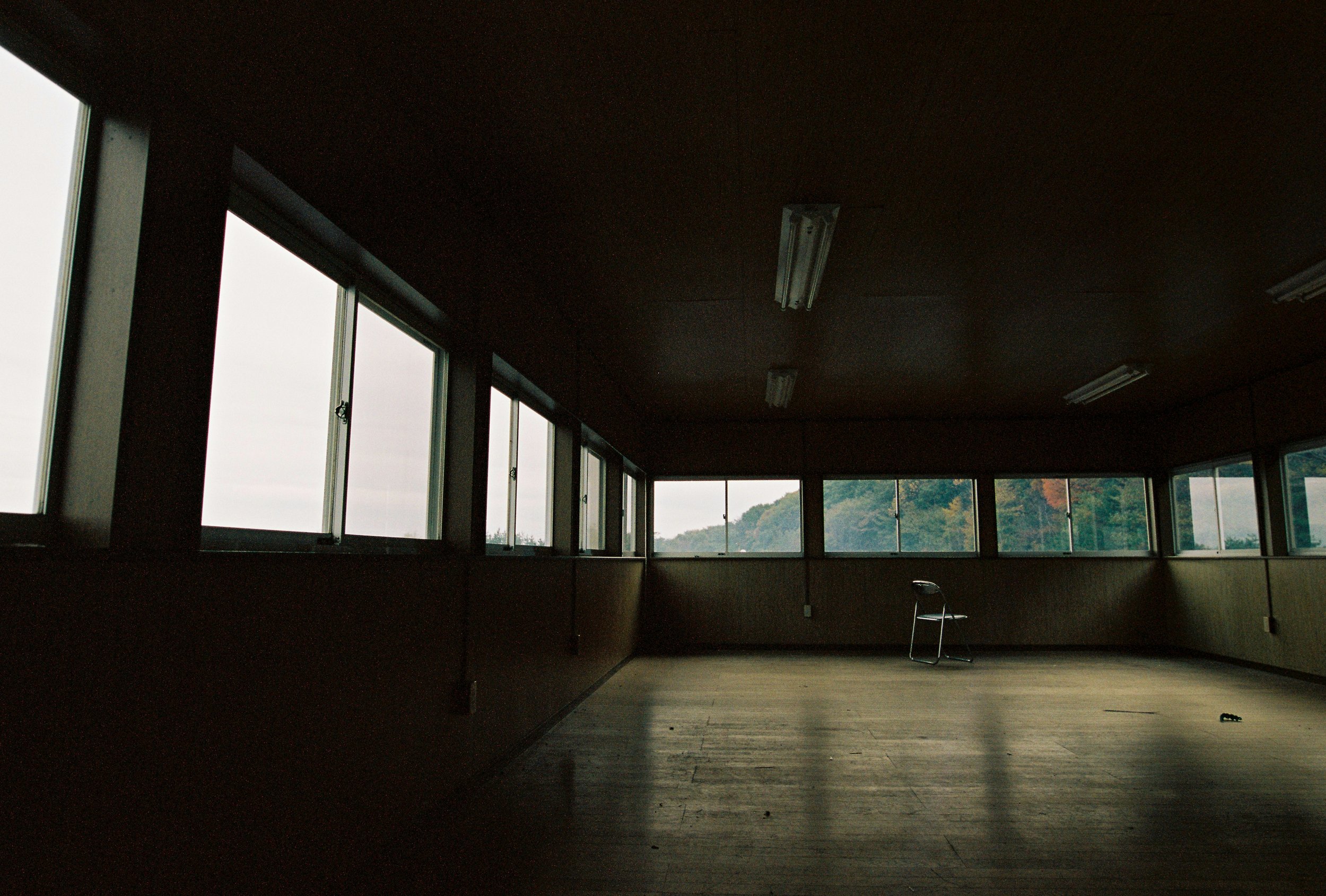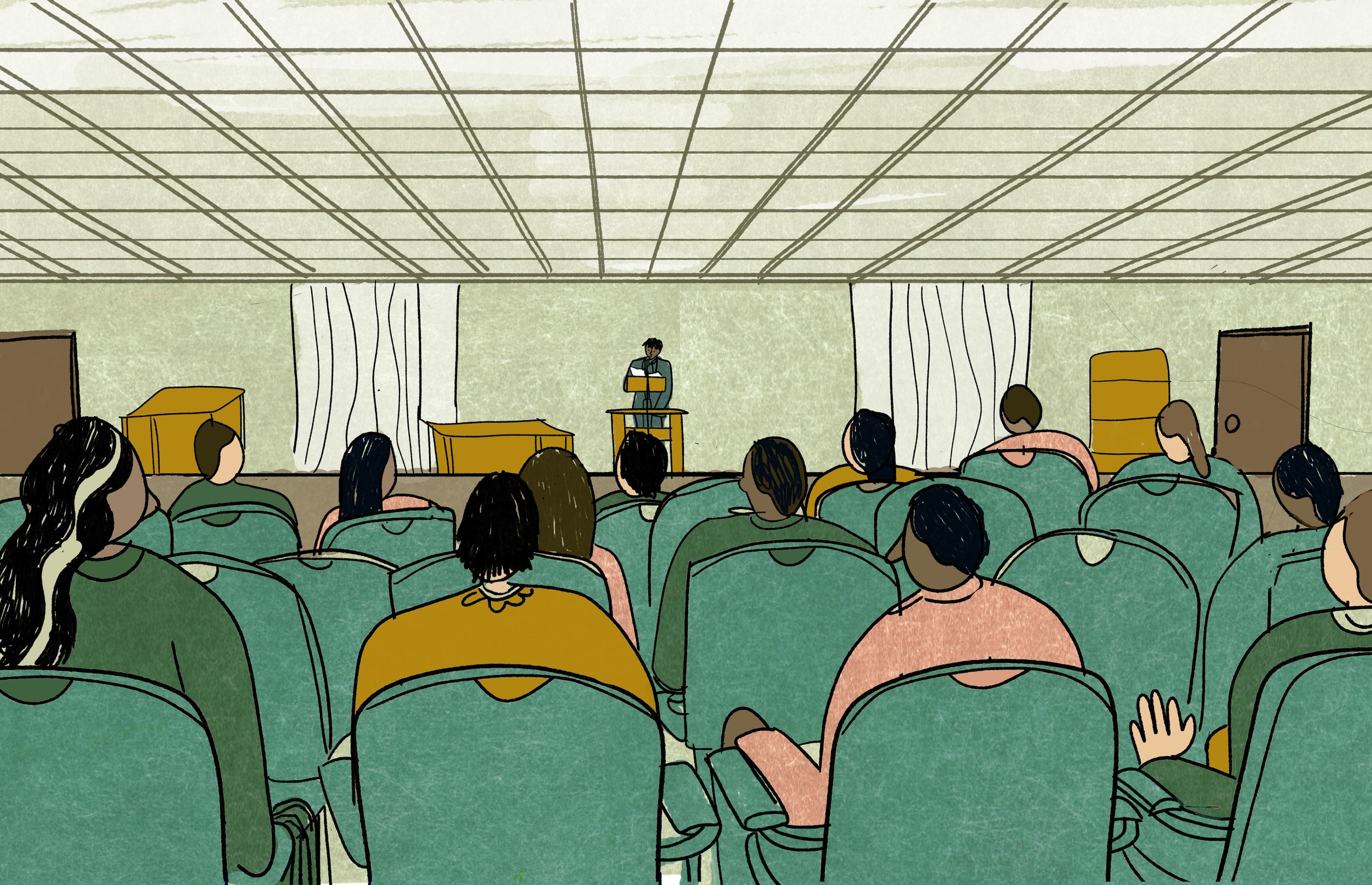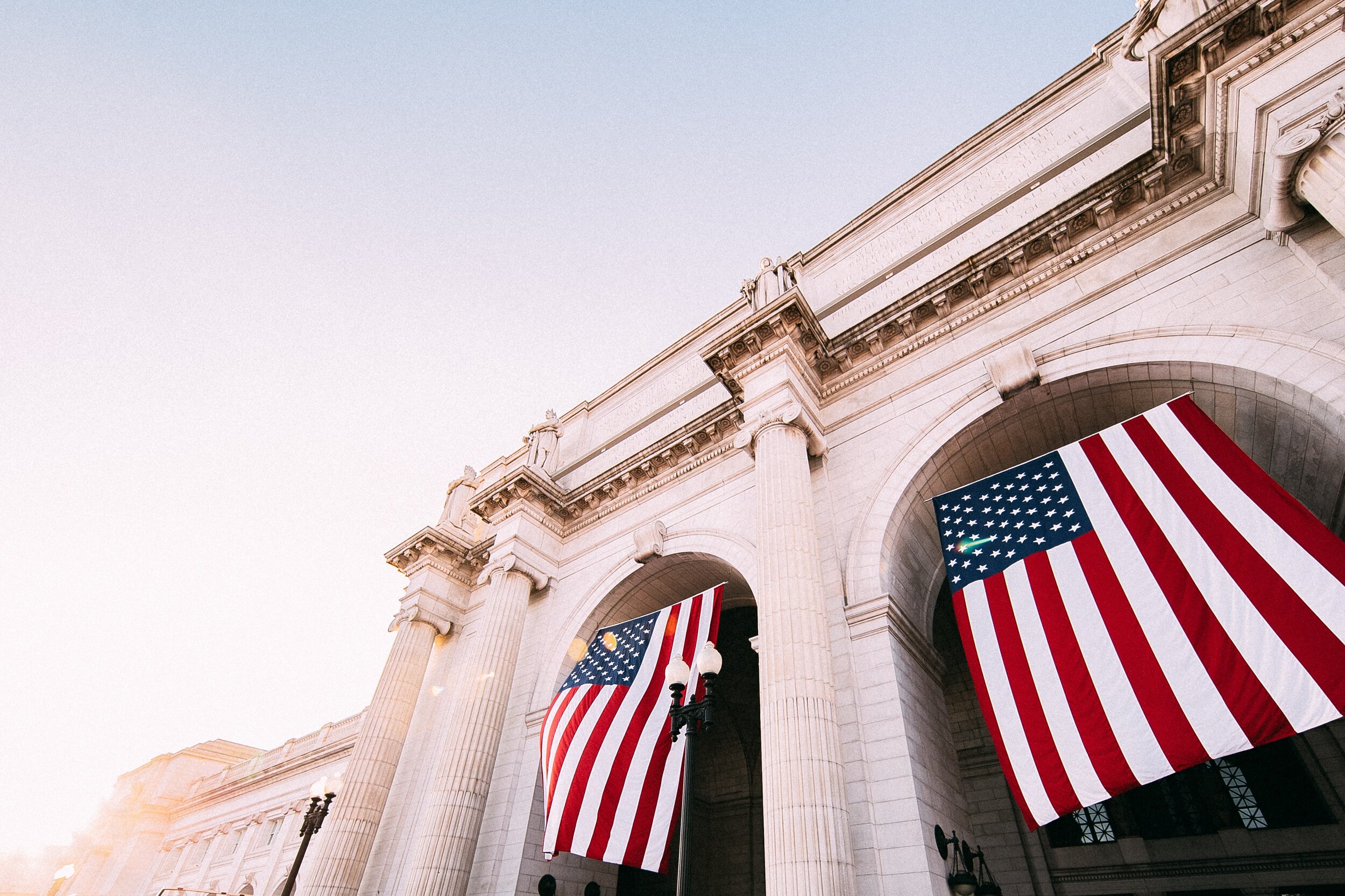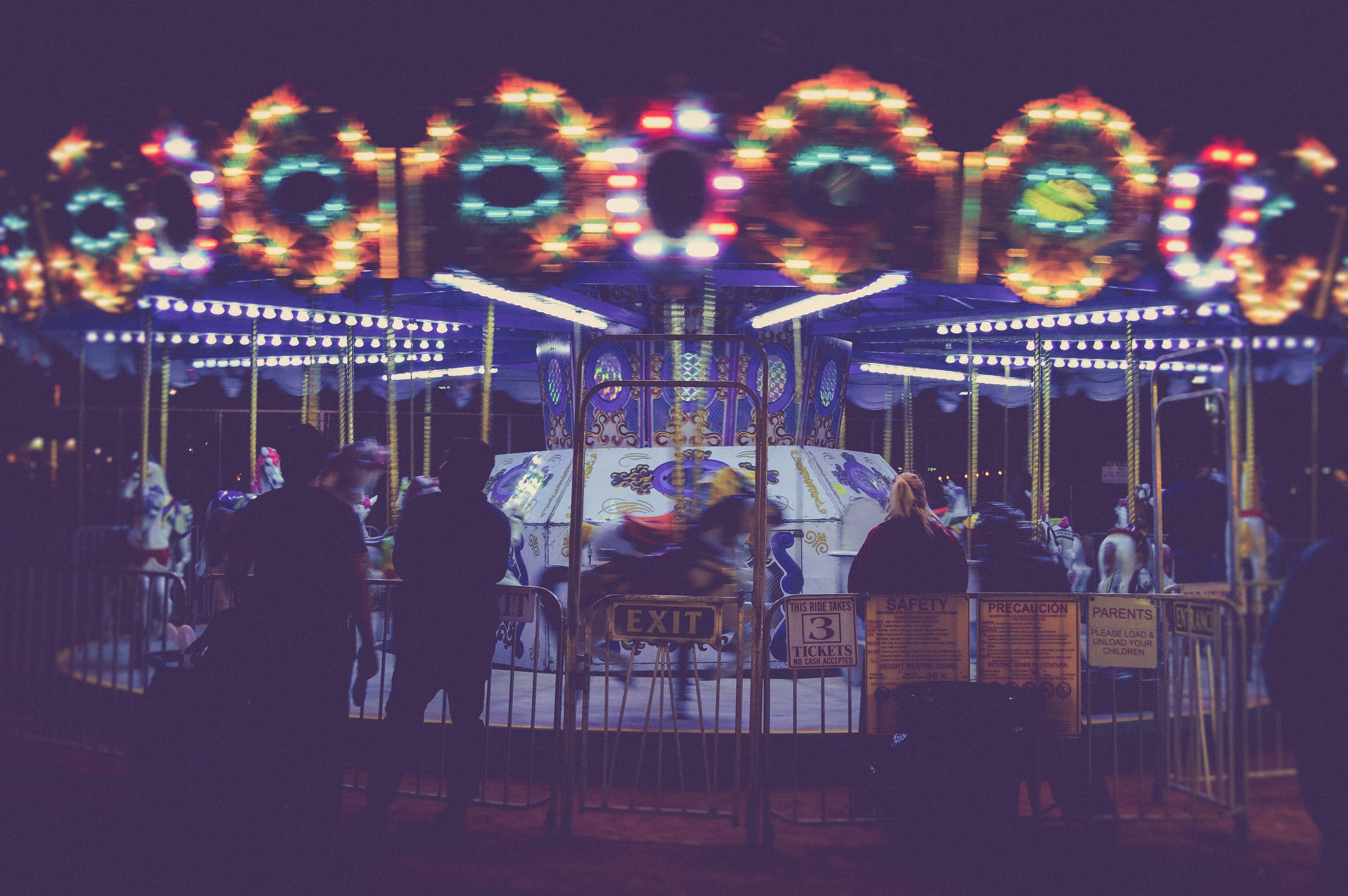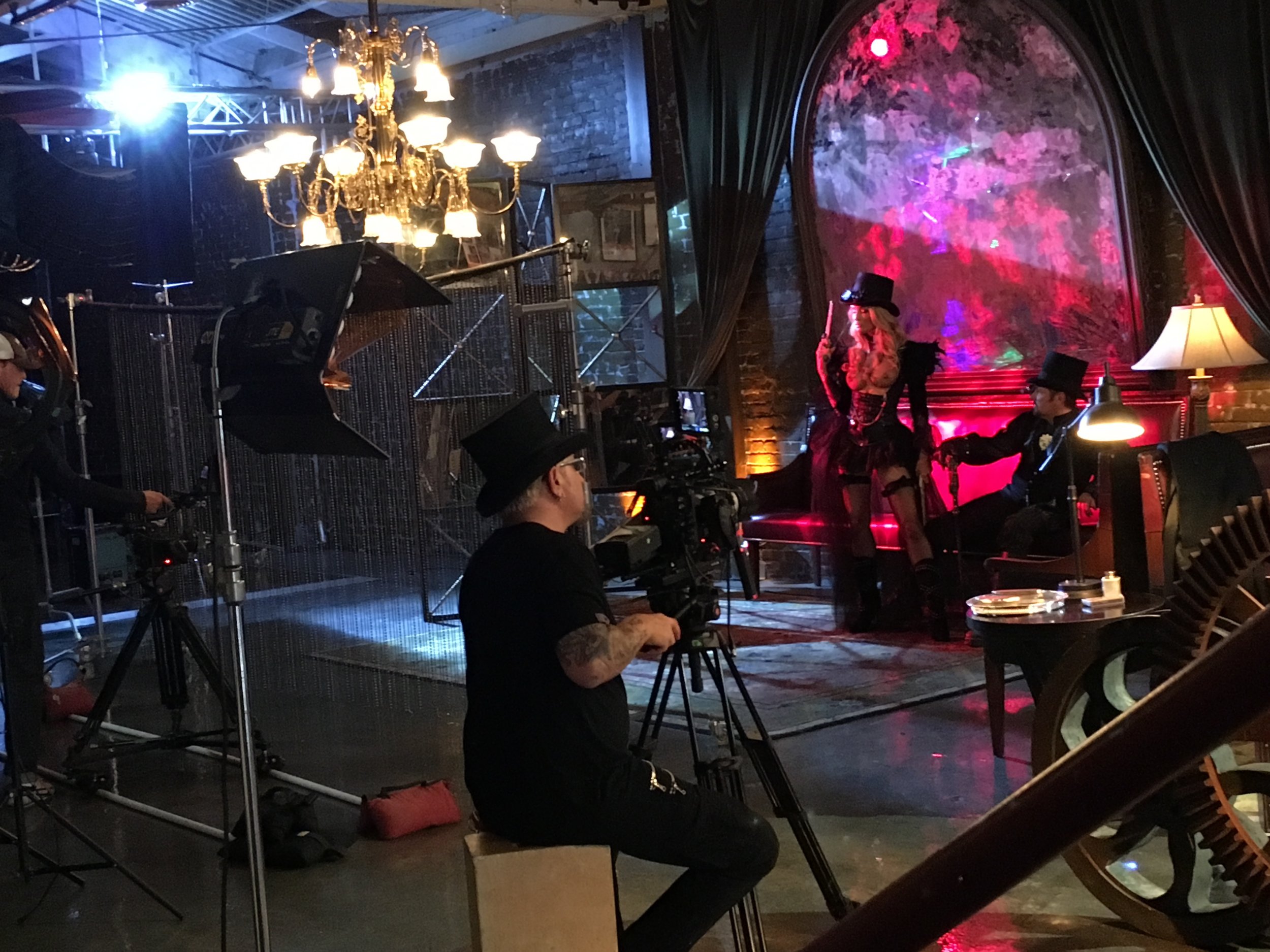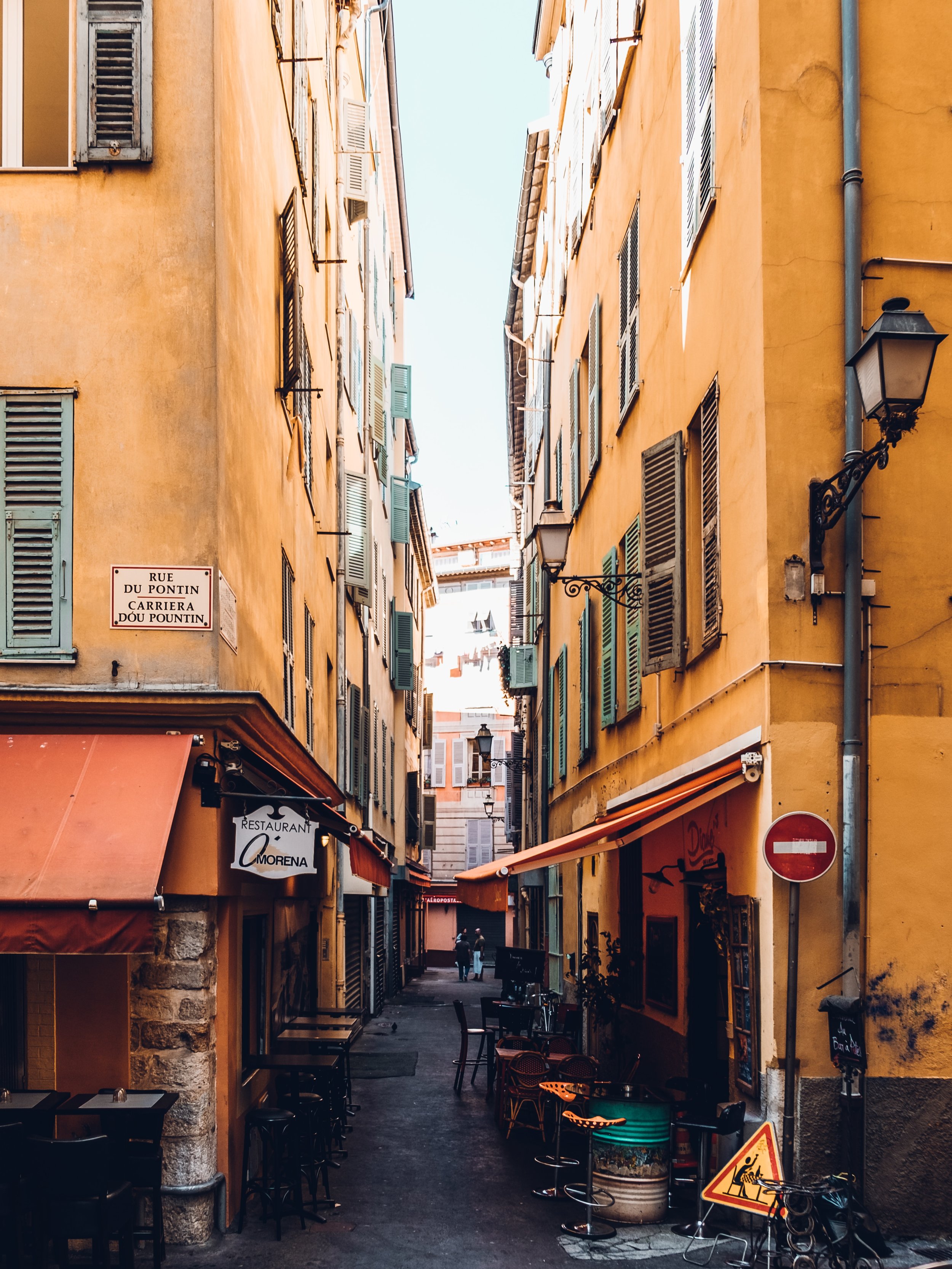Unpitchable: Murray Hill, NY

I live in Murray Hill, a most unfashionable neighborhood. They just opened a Fat Burger a couple of blocks down. Next to Fat Burger is Pie Face, where they sell two-day-old pies. There are also a lot of salons with names like Magnifique and Dazzle, and bars for watching sports that smell of feet and bile. There are empty consulates of lost republics in old brownstones with fissured foundations, and out-of-tune hotels, and sushi places with such consistent "B-minus" sanitation ratings that they only get by by offering $7 lunch.
Despite it being in the center of Manhattan, it's cheaper to live here than much of Brooklyn. Is this because nothing worth knowing can be approached directly? We want to be around the center of something, but not in it; living in Murray Hill betrays certain laws of circumambulation.
If the Empire State Building fell the way a tree falls, it could land on me.
A few streets away, Eleanor Roosevelt was born, in 1884. And Louise Nevelson, the grand dame of found-object collages all painted over with black latex, scavenged and lived and had her studio here until 1963 when she was kicked out to make way for an East German looking building. There is no plaque to commemorate her living here, because the site does not exist in the form she understood. Everywhere you see a tall building, there used to be a townhouse.
The townhouses that remain are stumpy and underlit. I live in one of them, on the Avenue, on the top floor, where we have a dirty skylight made of shatter-proof glass coated with lead burglar alarm tape, installed in the early 1980s, to obscure the view upwards.
On Saturday mornings, when the weekly commuters who usually rush in like blood have emptied out like a stomach and left only cigarette butts scattered like piñata droppings, I roam around thinking of the dead four hundred, passing the library and remembering it as a reservoir, not full of books but of water; I gather up anecdotes from when this neighborhood was something else. An under-read William Maxwell New Yorker story, "Thistles in Sweden," about a couple without children living on the top floor of a brownstone on East 36th Street, is all too much like my life, down to the Scandinavian textiles and the wishing that some of the buildings would remove themselves. And Edith Wharton had Newland Archer and May Welland move here after marriage in The Age of Innocence, set around 1877: "The neighborhood was thought remote, and the house was built in a ghastly greenish-yellow stone that the younger architects were beginning to employ as a protest against the brownstone of which the uniform hue coated New York like a cold chocolate sauce." I experience special tingles when a fictional character passes what was once a real place, despite it being both made up and gone, as when Nick Carraway makes his way from the Yale Club past the Murray Hill Hotel on summer weeknights.
If we are loose about the borders, expanding out from the historic district to the postal code, this neighborhood was the site of the arrival of the European avant-garde. Alfred Stieglitz's 291 Gallery was at 5th and 31st Street; in 1908 the first Matisse show in New York was there. Then there is the 69th Regiment Armory at Lexington and 26th, which hosted the Armory show of 1913. There was a moment when Duchamp’s Nude Descending a Staircase ascended a real Murray Hill staircase for the first time anywhere in this country -- and like the painting itself it must have been a subtle, almost imperceptible movement of a body through place.
I was startled to find the other day that on 30th Street, which in the 1930's and later was the home to many of the city's furriers, over 800 at one time, and now there are only ghosts and gargoyles of furriers (two stand watch on a building on 29th Street; one strokes a mink and a mink nibbles the other's finger)—startled to find that there is a high-end, high-concept fashion store which is far above my head and price point, and over the heads and price points of most of the citizens of Murray Hill. It is an outpost of a place I took a pilgrimage to in London last year, because my Wallpaper travel guide directed me there and told me there was a secret bakery on the top floor. Walking in, and sniffing around to understand this one too has a bakery, I encountered some version of myself I haven't seen in a while—the kind who feels a little out of country and can grow rapturous over savory carrot cake and feels a need to ask the waitress if she can write on the butcher paper when all the receipts in her handbag have been scribbled up with wild, unusable place descriptions. Murray Hill hardly recognized me; it has never seen me feeling so lit up about anything contemporary, because there is (there used to be) nothing contemporary here.
Inside the Dover Street Market (for that is what it is called) there is a giant column, its entire surface covered by a tight, colorful knitted patchwork textile, which gives off the look of a column wearing a sweater, and, nearby, a crinoline hoop skirt serves as the canopy beneath which some or other Louis Vuitton collection has popped up on display; an assemblage of cut up two-by-fours are hung from the ceiling, and yonder, another column is bricked with hundreds of wooden miniature architectural facades. Upstairs, there is a stairwell tube to pass through which looks like a giant science class model of a cell. The whole place is a fun house of rotating installations and collections of textiles, consciously sewn, and utterly for sale, but it feels okay to be there without intending to buy anything.
I wonder how many garments will be sold to the residents of Murray Hill; not many, I suspect, but I don't think it matters. The point is probably to get people to come to this dead old neighborhood to see how novel new life can feel. The visitors will ascend from downtown, from Berlin, from Brooklyn, more subtly perfumed, in finer knitwear, and wonder how they never made their way here before, though they may have lived in the city an entire life. Or perhaps not—Murray Hill had nothing to offer them then. And yet, and maybe because of this, it has had so much to offer me.
Despite new things that come and give the temporary feeling of something being underfoot, I don't know if Murray Hill will ever really cohere as a neighborhood again; in 1940, it had its heart cut out, or rather, a new traffic artery was added that obscured its heart for good. FDR lent 58 million dollars towards the Queens Midtown Tunnel project. It makes Murray Hill one of the city's highest-density traffic neighborhoods, so that there is almost never a quiet at street level, anywhere, even a side street, or the carriage houses of Sniffen Court, the alley where sculptress Malvina Hoffman entertained Gertrude Stein in 1912. I cannot overlook the grand high-wire acts of engineering that enable tunnels not to collapse or implode, but I wish it were not there.
My home is positioned between the entrance and the exit of the tunnel.
Every day I think to leave.
But where else can I exist in such a perfect state of turmoil, where the sonic landscape of brawls and demolition trucks and water line repairmen rise up to meet me, like an early morning dog?
ABOUT THE AUTHOR
Anna McDonald is a poet and antique dealer. Her work has appeared in The New Yorker, The Paris Review, and Tin House.
Header photo by Katri Niemi

